Perimenopause breast pain
.png?v=1666349131658)
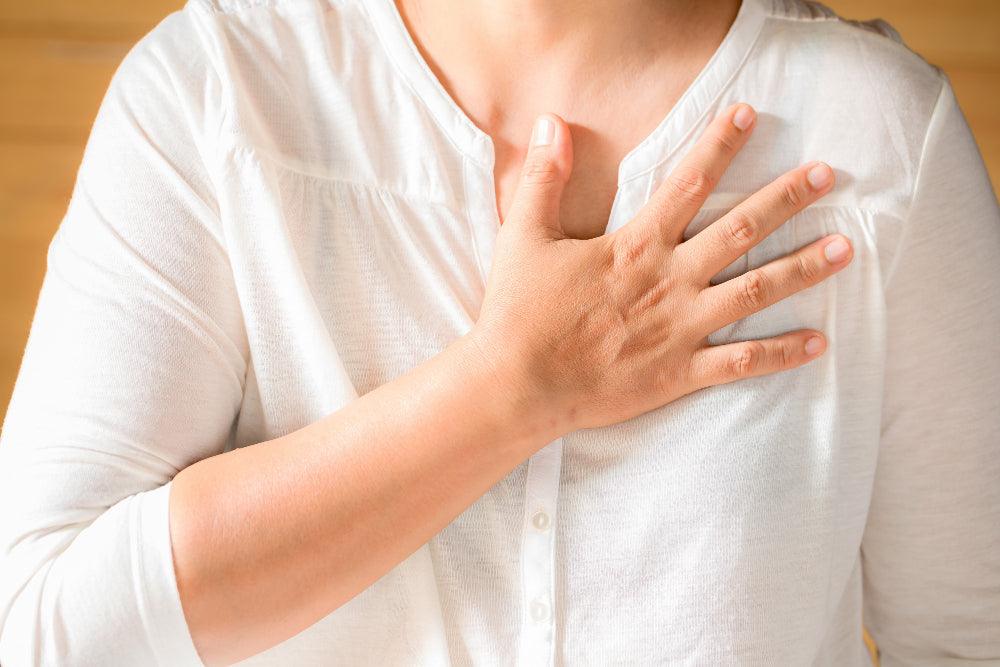
Related products
What’s covered?
Breast pain or mastalgia is the sensation of mild or severe pain in either one breast or both breasts. The pain could be a sharp or dull ache and is known to cause discomfort to many women. Breast pain is usually normal and does not occur because of any underlying disease. Tenderness of the breasts has always been associated with the menstrual cycle. Cyclical breast pain, experienced by most women in their 20s to 40s, may be described as sore or tender breasts a few days before menstruation. Fluctuating hormone levels during menopause are another non-pathological cause of breast pain in women.
The Menopause Transition
Menopause is a twelve-month period in which a woman does not menstruate. The symptoms associated with menopause bring about several physical and emotional changes in the body that begin a few years before menopause. Perimenopause is the term used for the months or years before menopause occurs. Women in their 40s to 50s usually experience symptoms of perimenopause that gradually prepare their bodies for the coming menopause. Lasting for a few years to a decade for some women. Perimenopause reduces the production of hormones like oestrogen because of depleting functional ovarian follicles. This disrupts the normal menstrual cycle. The ovaries release eggs less regularly, resulting in irregular menstrual cycles during perimenopause.
Symptoms of Perimenopause:
-
Irregular periods
-
Headache
-
Painful breasts
-
Breast soreness
-
Reduced libido
-
Hot flashes
-
Excessive sweating, especially during the nights
-
Dryness of the vagina
-
Joints, bone, and muscle pain
-
Mood changes
-
Disturbed sleep pattern
Other symptoms experienced by women when they enter perimenopause may include stress, anxiety, hypertension, problems related to digestion and fatigue.
What does Perimenopausal Breast Pain feel like?
Breast pain or mastalgia is one of the most common symptoms of perimenopause. It is more often a signal that your menopause is soon to occur. Many women may find it different from the dull and heavy ache experienced during a normal period.
Peri-menopausal breast pain is felt to be more intense. The frequency and duration of breast soreness may also increase, causing increased discomfort. Breast pain associated with perimenopause is also known as noncyclical breast pain. It is more like a burning, sore sensation with sharp or throbbing pain.
Of course, during the transitional perimenopausal period, you may also experience the normal cyclical breast pain that you always experienced just before your period begins. But you may also experience noncyclical breast pain in response to the fluctuating hormone levels in the body affecting either one of the breasts or both breasts simultaneously. You may also feel your breasts have changed in size and shape. They may start to sag and also feel lumpy due to cystic changes within the breasts.
Symptoms of breast changes during perimenopause may include:
-
Pain that may be sharp, stabbing, or throbbing
-
Burning sensation
-
Breast swelling
-
Breast soreness
-
Breast tenderness
-
Changes in size or shape
-
Sagging of the breasts
-
Breasts may begin to feel lumpier
Cause of Perimenopausal Breast Pain
Though researchers remain unclear on the specific cause for the several changes associated with perimenopause, the declining active ovarian follicles are considered to initiate the many hormonal changes in the body. The ovaries are responsible for the secretion of the hormones oestrogen and progesterone. During the perimenopause period, the declining ovarian follicles affect the release of oestrogen and progesterone. They seem to rise and fall in an unpredictable fashion, bringing about changes in the body's various organs, including the breast tissue.
The fluctuating hormones, resulting in increased breast size, cause breast pain which may feel swollen, tender, and sore. After a period of fluctuation, the hormone levels in the body finally decline. Oestrogen is also responsible for maintaining the connective tissue in the breast. Drastic reduction in oestrogen levels during perimenopause results in shrinkage of the connective with increased fat deposition. This leads to sagging of the breasts. The fibrocystic changes in the connective tissue may also result in cysts forming, making the breasts feel lumpy.
When should you be concerned?
The breast changes that occur during perimenopause are a normal phenomenon that every woman has to go through. Although all symptoms associated with perimenopausal breast pain are best handled with a doctor’s help, it is advised to watch out for the following symptoms:
-
Breast changes on only one of the breasts
-
Skin changes like discolouration, changes in skin texture or redness of the skin on the breasts
-
Discharge from the nipples
-
Presence of a lump in the breast
-
Any sign of breast infection like fever, pus, redness
-
Prolonged pain
Management of Breast Pain
Breast pain associated with perimenopause can be discomforting and troublesome. Although menopause breast pain is one of the first symptoms of menopause to stop, it is a small relief you may look forward to. Besides normal cyclic breast pain, additional breast pain due to hormonal fluctuations can be a mental burden. Your doctor may advise you on medications, supplements, lifestyle modifications, natural remedies and diet changes which will certainly bring considerable relief, if not completely cure, your breast pain.
Medications
Your doctor may prescribe you over-the-counter analgesics and anti-inflammatory medications. Topical pain-relieving gels also aid in easing breast pain and breast soreness.
Hormone Therapy
Hormone replacement therapy (HRT) is another option for treating the hormonal effects of perimenopause. Although doctors may not recommend the treatment for those with a family history of breast cancer because of the risks associated with HRT.
Supplements
Vitamin supplements like vitamins B and E, Evening Primrose oil, soy supplements, Omega 3-rich fish oil capsules, and flax seeds can help to reduce the inflammatory effects of perimenopause.
Lifestyle changes and natural remedies
Wearing a comfortable, supportive bra and clothing is advised. Yoga, physical exercise, meditation, and stretches like neck rotations have been proven to help to ease breast pain. A warm compress and a warm shower may also help relieve breast discomfort and soreness. Smoking should be avoided as it can aggravate inflammatory effects in the body.
Exercise
Yoga, physical exercise, meditation, and stretches like neck rotations have been proven to help relieve breast pain.
Diet changes
One must add vitamin-rich food items to their diet, especially food items rich in vitamins B and E.
Caffeine has been observed to aggravate perimenopause-associated breast pain and should therefore be avoided. Coffee and chocolates are best to be avoided.
One must also try to reduce fat and increase fibre-rich food in their diet. Breast pain is one of the many symptoms of the transitional phase of perimenopause that can certainly affect one’s mental health and cause major physical discomfort.
But be assured that it is a passing phase of life that will soon end with menopause. That being said, appropriate and timely treatment of breast pain and lifestyle modifications can go a long way in making the journey of perimenopause easier.
To learn more about menopause and to view our range of treatments suitable for menopausal symptoms, view our information page here.








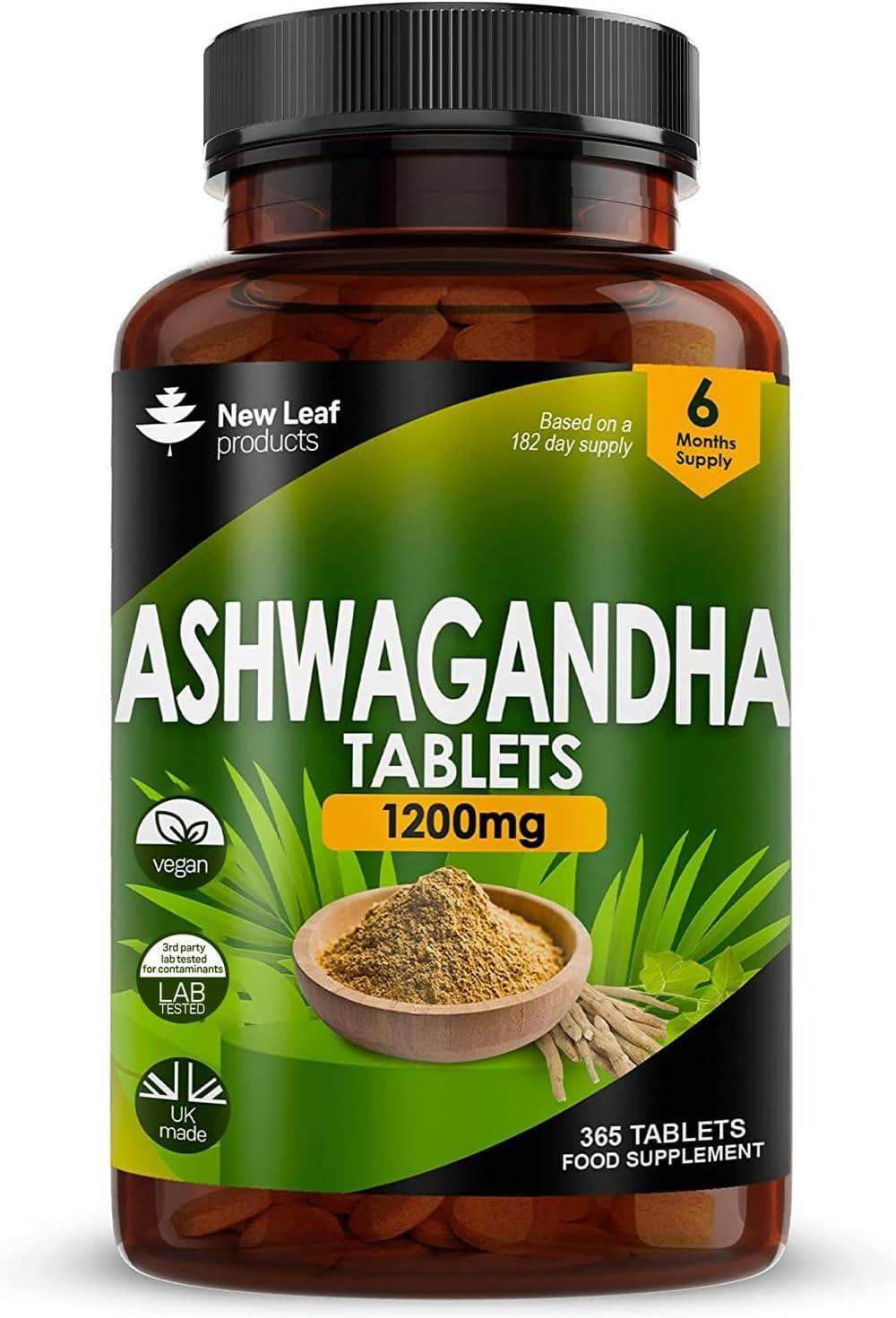
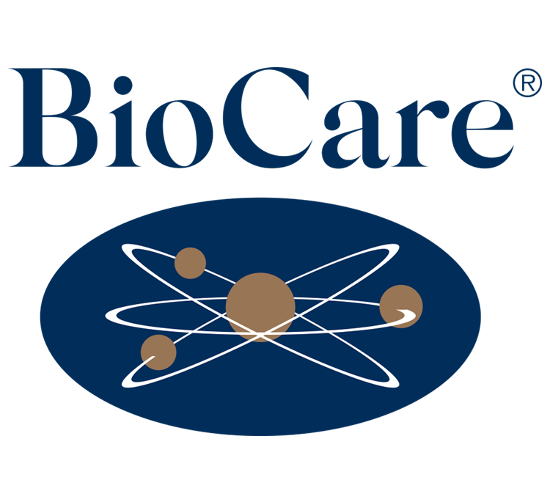
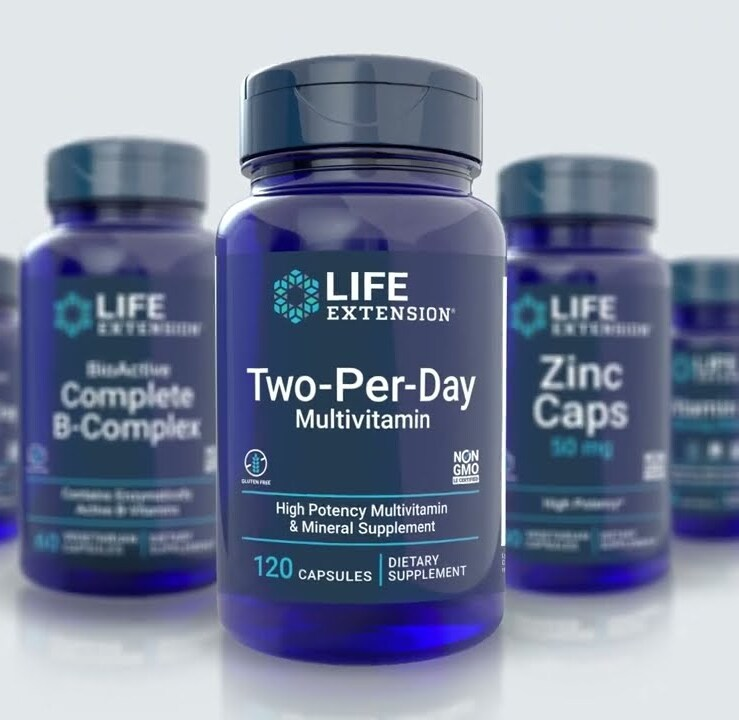




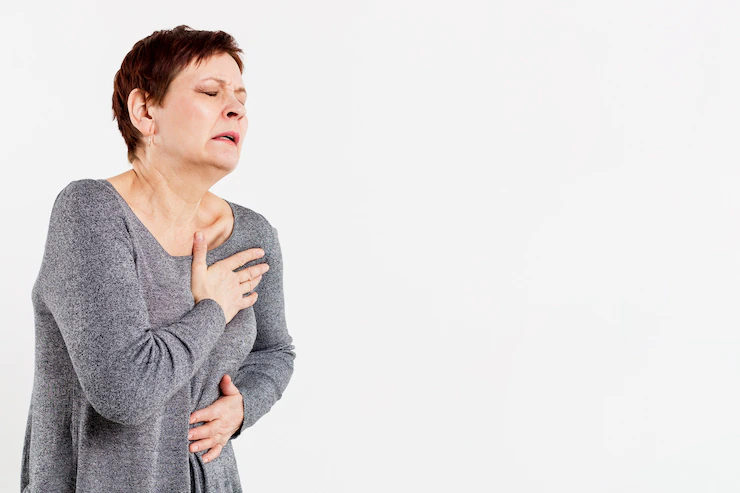

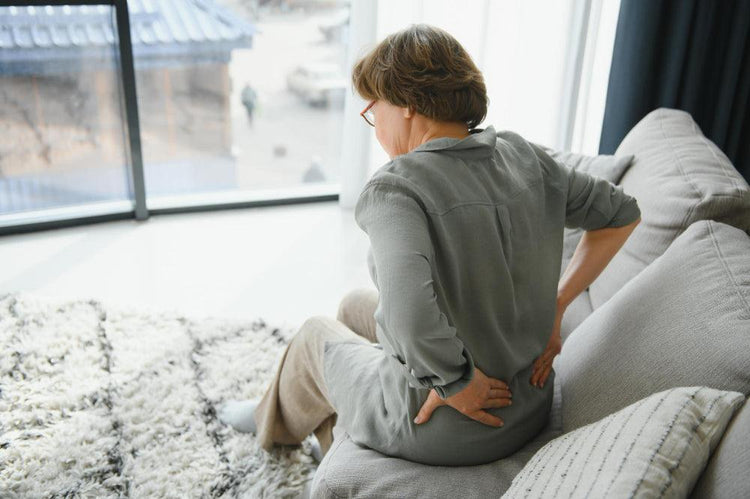
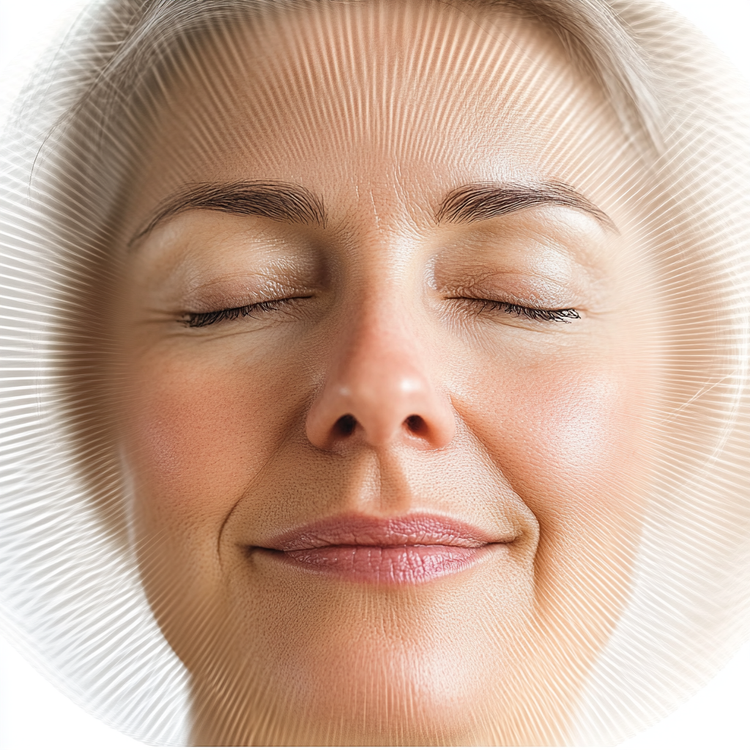
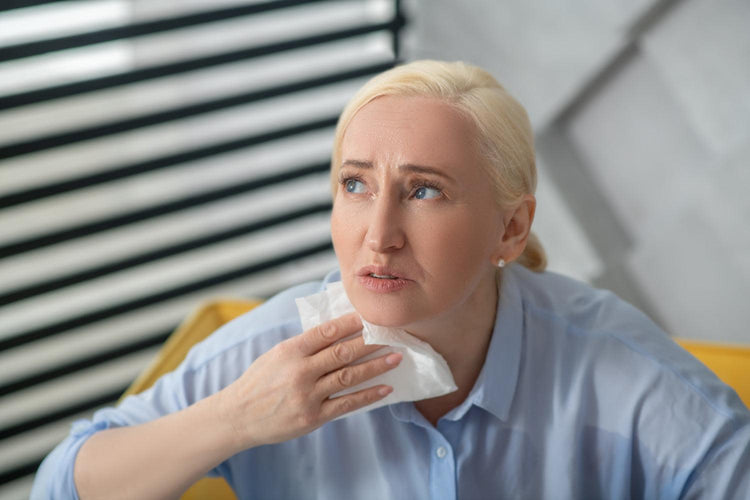

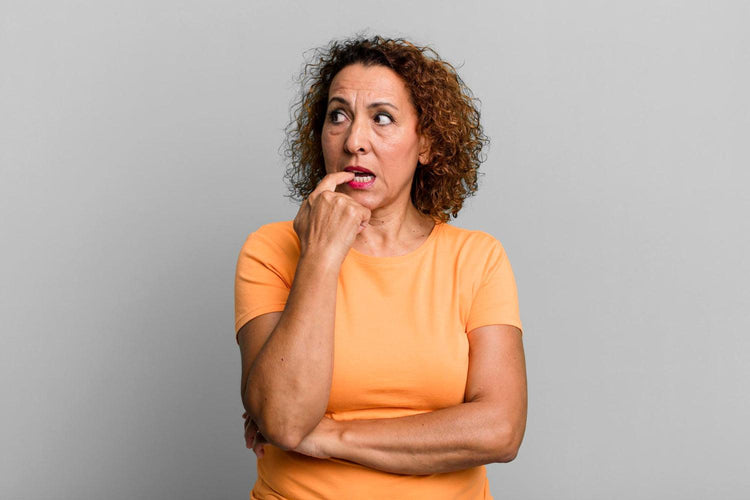
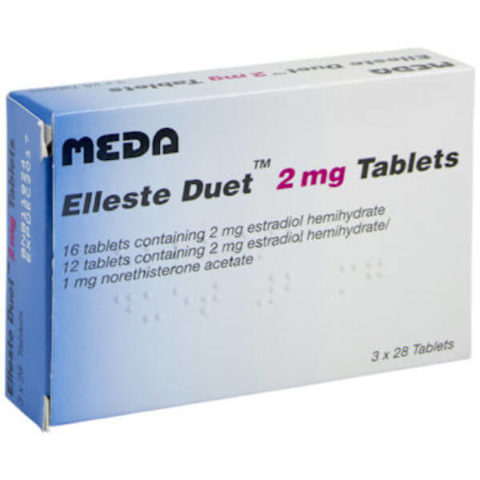
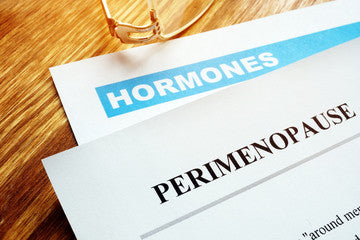


 Rated Excellent by 26,523+ Reviews
Rated Excellent by 26,523+ Reviews